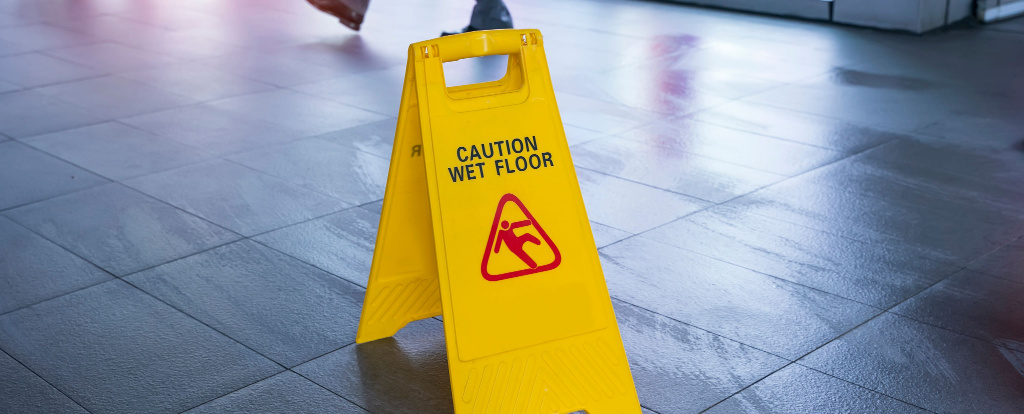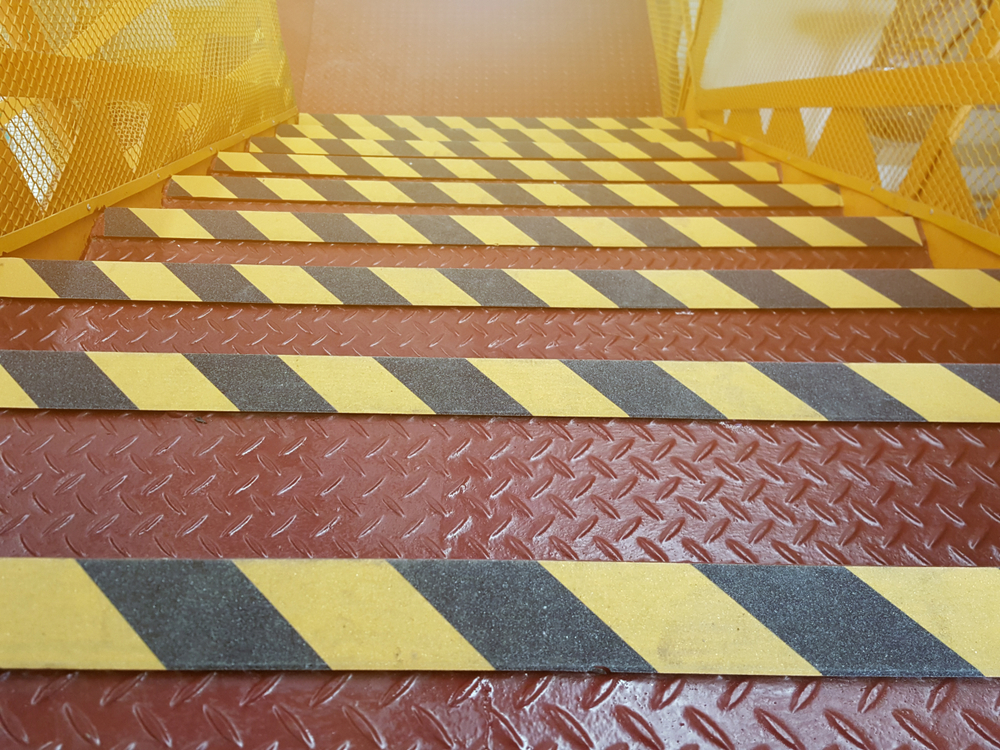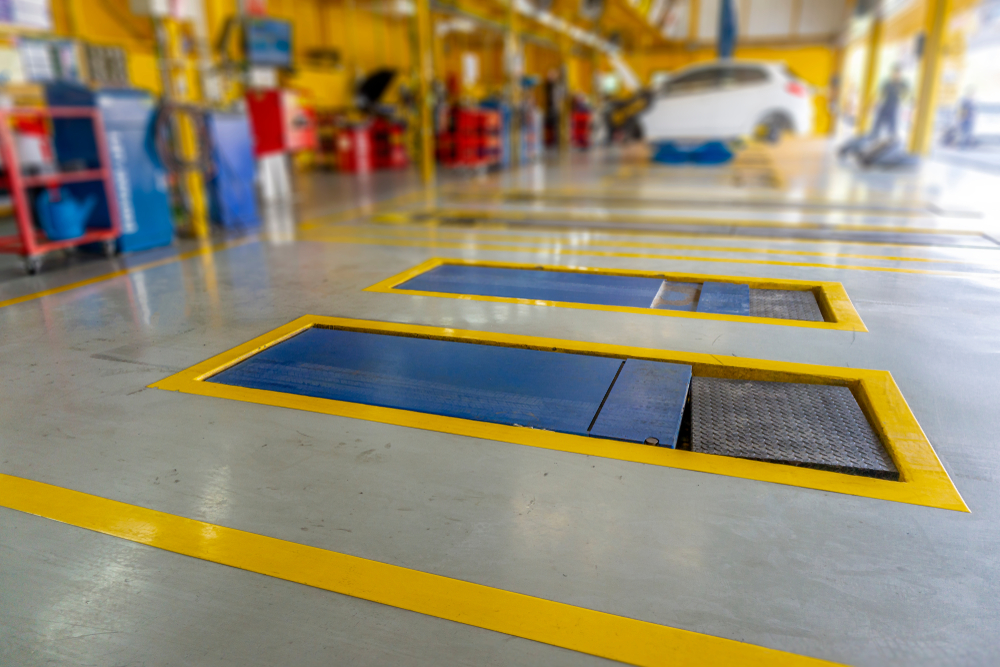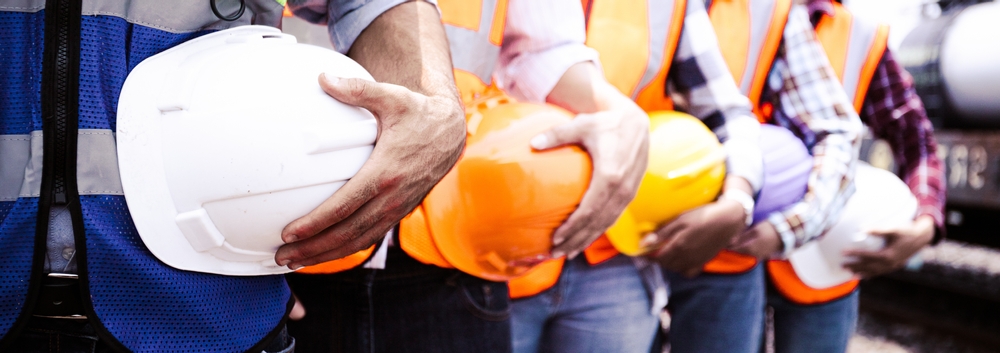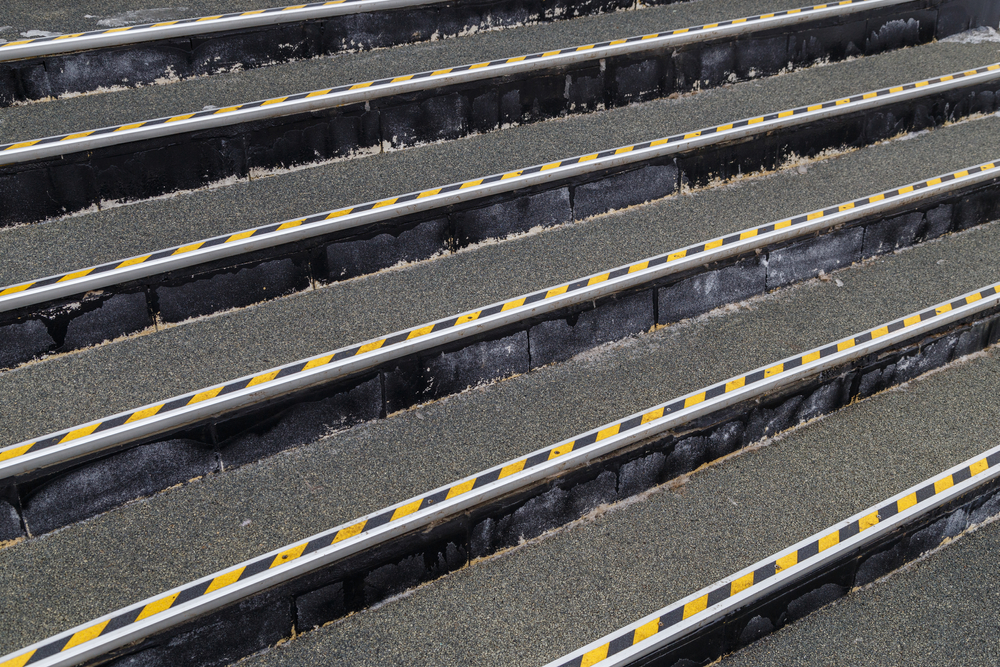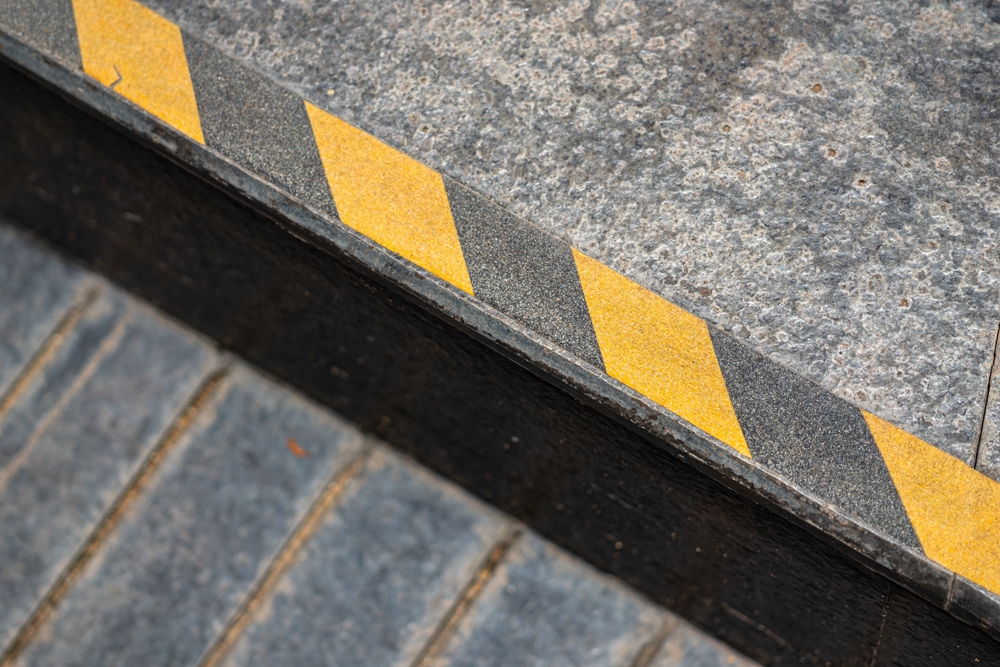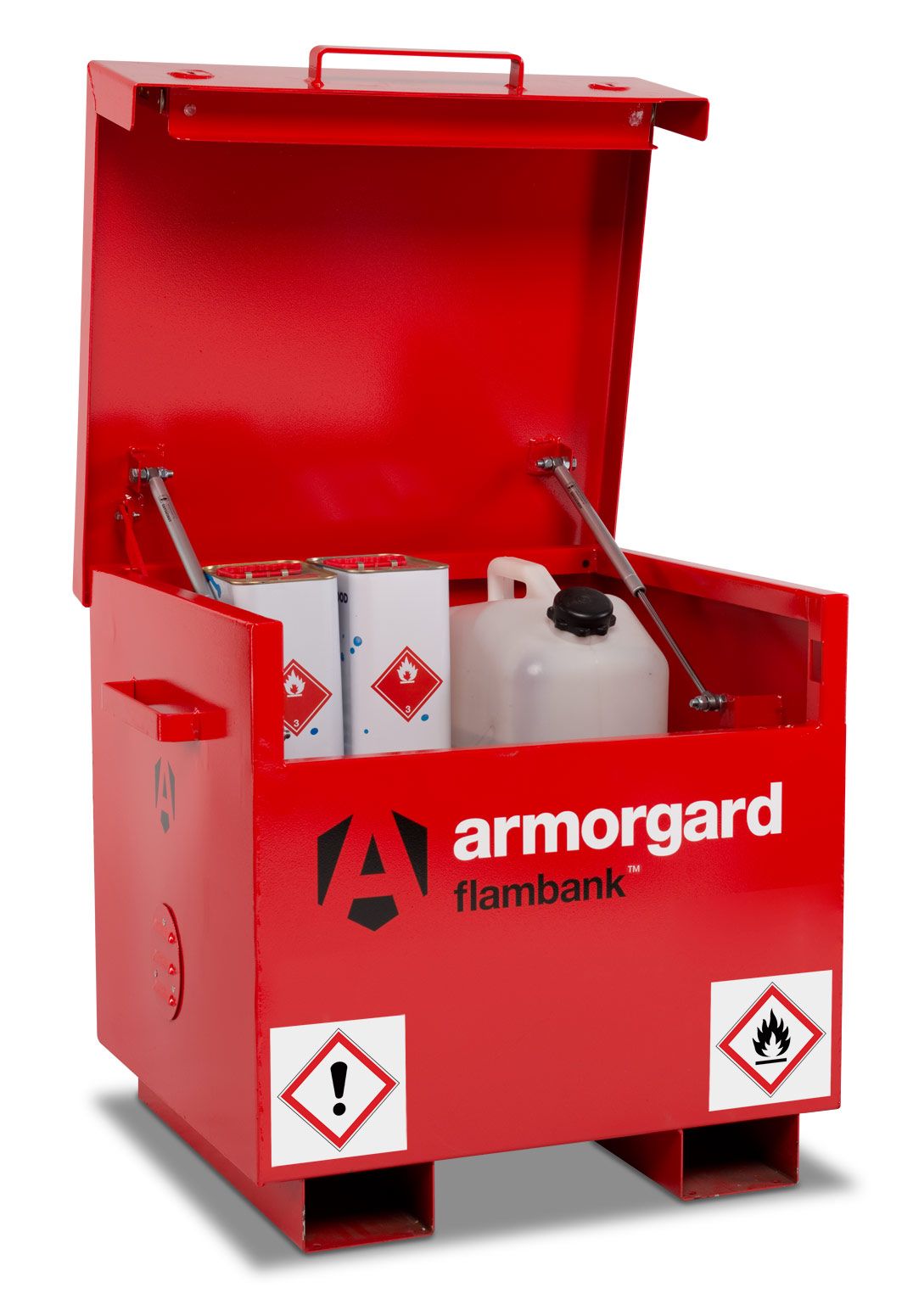For businesses in many industries, the workplace may involve working with liquids and is an unavoidable part of the daily operations and activities. Furthermore, the majority of organisations have safeguarding measures in place to maintain safe working conditions throughout the premises, which means cleaning surfaces and ensuring that any hazards in the form of spills are dealt with.
As a business owner, you have a duty of care to your employees to ensure that any hazards are managed effectively and communicated further to any individual that may be entering your place of work. Slips, trips and falls account for one-third of all workplace injuries in the UK, and it is safe to assume that many of these injuries stem from wet surfaces.
SafetyBuyer has long been a leader in workplace safety, providing advice and guidance on best practices. However, some practices are a legal requirement, and here we will see whether wet floor signs are required by law
What the law says
One of the easiest ways of reducing the risk of slipping on a wet surface is to signal this hazard. The most common method employed is by using wet floor signs, which are globally employed to keep everyone in the vicinity aware that there is a risk of slipping.
However, some premises lack the necessary reactive and precautionary approach to hazards, thinking that placing a wet floor sign is a courtesy. In fact, on many premises, it is required by law. This is due to the liable premises law, which dictates that business owners hold the responsibility for the warning or prevention of any hazards that might endanger the safety of a person in the vicinity.
Legally, a wet floor is considered to pose a similar level of risk to a broken handrail and places an equal amount of legal liability on the premises owner. As such, the business owner is liable if there are known hazards, or predictable hazards, that were insufficiently dealt with to ensure the safety of those in the area.
How to apply wet floor signs
The importance of using wet floor signs lies in the placement just as much as the promptness of the response to the hazard.
The signs should be placed in a visible area where the floor is wet or slippy. The aim is to ensure that people can easily spot the sign before entering the vicinity of the sign. It is no use placing the sign in the middle of a wet flooring area, for example - having them on the extremities of the hazard ensures that people can see and understand the danger before entering it.
What wet hazard precautions should a business take?
Any business that operates with liquids should consider taking additional precautions to limit the risk of spills occurring.
Preventative measures, such as installing spill control kits, are effective solutions to avoid workplace accidents. Furthermore, if the business works with hazardous substances, there is the additional requirement to stay compliant with Control of Substances to Health (COSHH) regulations.
To quickly limit the spread of a spill, absorbent socks quickly encircle the hazard and swiftly absorb any leaks. This is especially useful when working around electrical machinery or equipment that could malfunction if exposed to liquid.
Find more solutions and spill advice
SafetyBuyer has long been a leader in workplace safety, providing guidance for businesses to remain compliant with health and safety compliance. For more information on the measures a business can take to maintain the safety of workers, visit our blog.
 Over 12,000
Over 12,000  Simple no quibble
Simple no quibble  Prompt dispatch &
Prompt dispatch &  UK Mainland Delivery
UK Mainland Delivery 